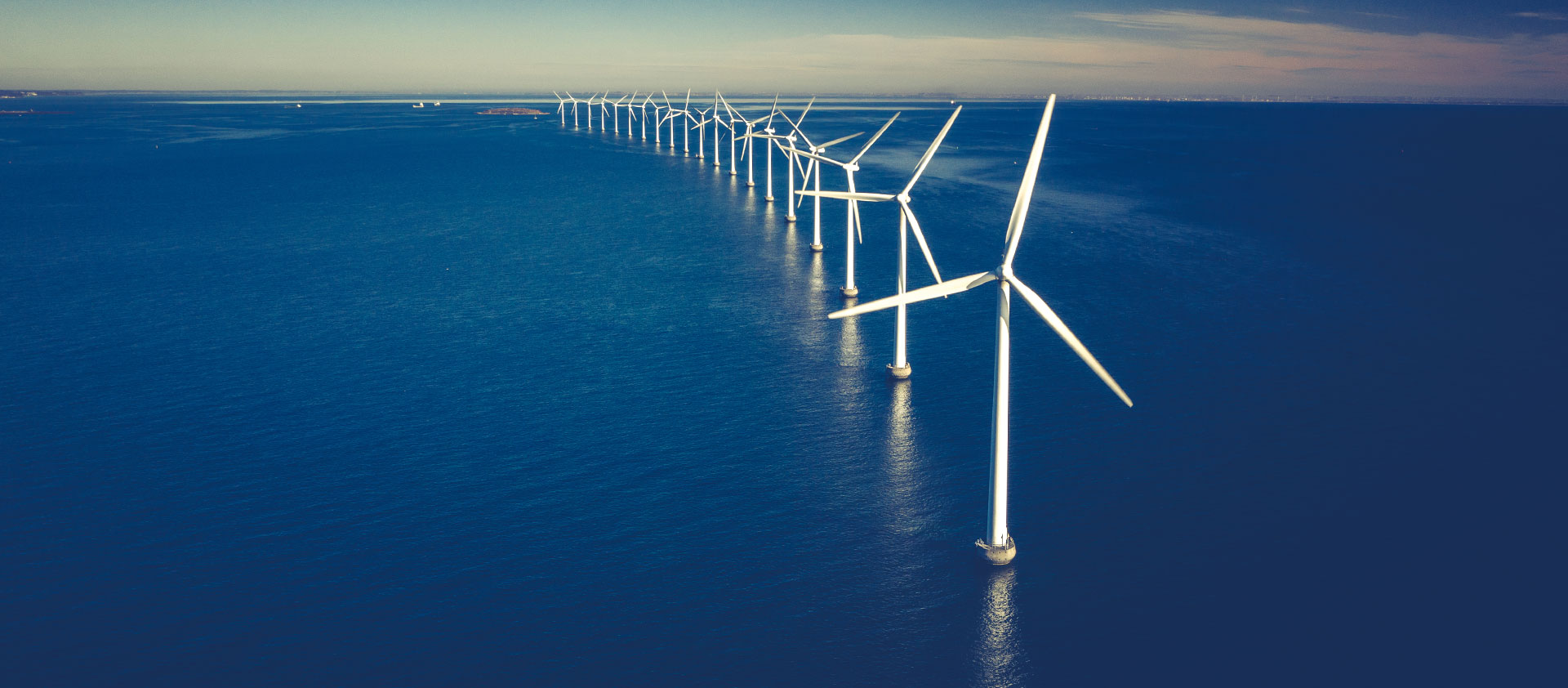AER AGL Aluminium Batteries Battery Budget BYD CATL CBAM China Coal Critical minerals Decarbonisation Diesel DMO Election Electric Vehicle Electricity/electrification electrostate Energy crisis Federal Election Finance Sector & Emissions Gas Green Iron/Steel Hydrogen India & Adani Methane Nuclear offshore wind Oil OP EDS Peter Dutton Podcasts Renewables Solar Tariff Taxes and subsidies US IRA/EU NZIA et al Wind
Regulator says fossil fuel methane can be used to make ‘green’ iron
The Australian Financial Review
Jo’s seriously big solar story disappears in a day
Canberra CityNews
PODCAST | Tim & Grant McDowell on Spark Club: Australia’s diesel addiction problem
Spark Club Podcast
INTERVIEW | Rear Vision – Australia’s Green Iron plan
ABC News
INTERVIEW | Calls to cap diesel fuel rebate for mining giants
Sky News
As US retreats from clean energy race, Chinese firms push into emerging markets
South China Morning Post
OP ED | Capping Australia’s biggest fossil subsidy is the productivity reform we can’t afford to ignore
Pearls & Irritations
The World Watches in Awe as China’s Clean Energy Capacity Skyrockets
Energi Media
Federal funds earmarked for WA’s energy transition sitting idle after two years
ABC News
Big miners have banked $60b in diesel fuel tax credits
The Australian Financial Review
OP ED | Capping Australia’s biggest fossil subsidy is the productivity reform we can’t afford to ignore
Renew Economy
Call to screw the cap on $11 billion diesel subsidy
Canberra Times
